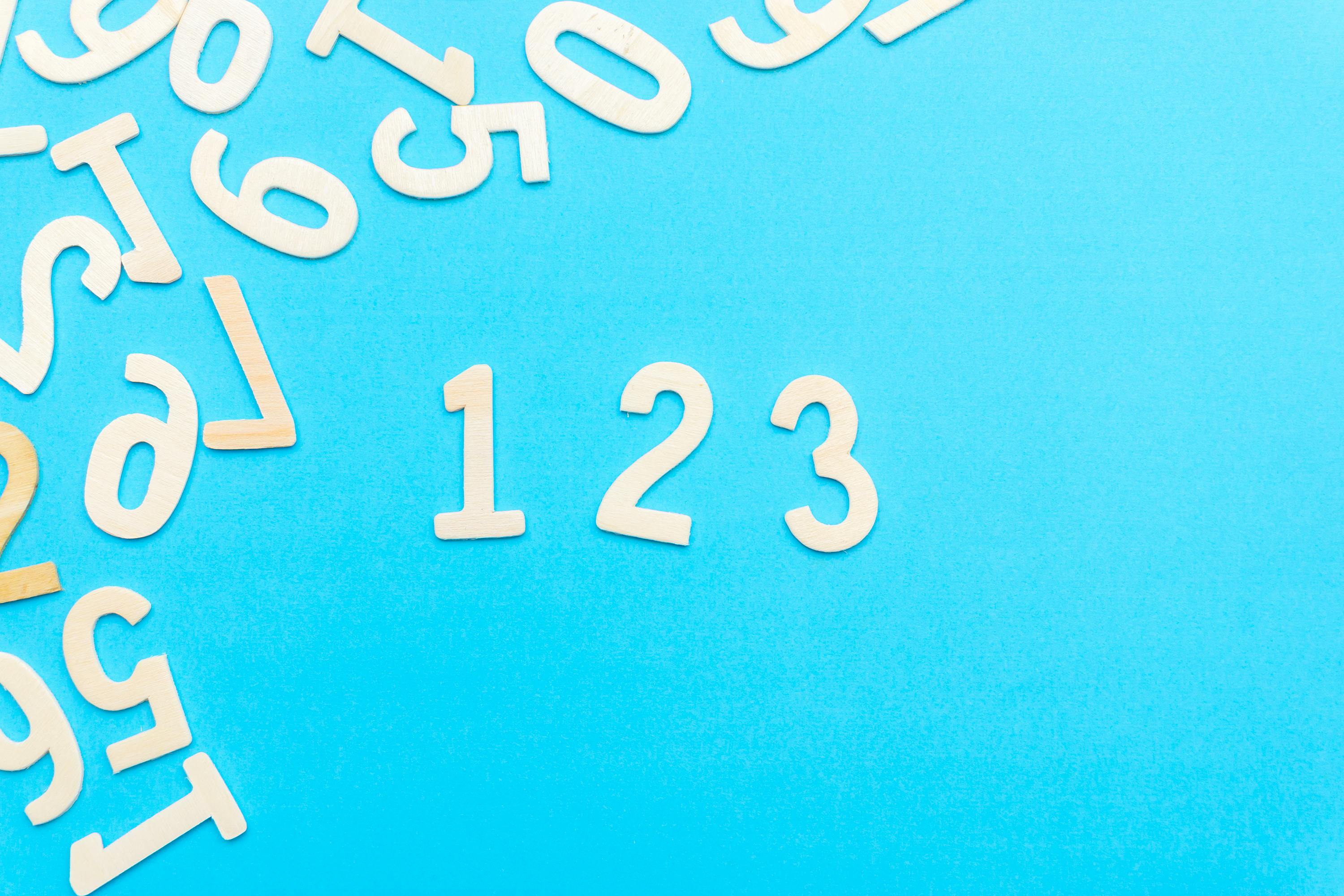Sorting Algorithms: Part 2
 Bongi Sibanda
Bongi Sibanda
This is a continuation of the sorting algorithms series. This article will cover selection sort. .
Problem
Consider sorting n numbers stored in array A by first finding the smallest element of A and exchanging it with the element in A[0]. Then find the second smallest element of A, and exchange it with A[1]. Continue in this manner for the first n−1 elements of A. Write pseudocode for this algorithm, which is known as selection sort. Why does this algorithm need to run for only the first n−1 elements, rather than for all n elements?
Pseudocode
Loop through the first
n - 1elements of the input array (using an iteratori)Declare a variable
smallestIndexand initialize it toi.Create an inner loop starting at the
i + 1 thelement till the end of the array.- Compare the number at
arr[j]with the number atsmallestIndex. IfcurrNumberis smaller than the number at thesmallestIndexthen reassign thesmallestIndex’s value toj. This means we have found a smaller number.
- Compare the number at
At the end of the inner loop, swap
currentNumwith the number atsmallestIndex.
Return the input array
Code in Javascript
function selectionSort(arr) {
for (let i = 0; i < arr.length - 1; i++) {
let smallestIndex = i;
for (let j = i + 1; j < arr.length; j++){
if (arr[j] < arr[smallestIndex]) {
smallestIndex = j;
}
}
//use array destructuring to swap currentElement with smallestElement
[arr[smallestIndex], arr[i]] = [arr[i], arr[smallestIndex]];
}
return arr;
}
Time Complexity:
Time Complexity for the algorithm is O(N²).
For every element - we loop through the rest of the elements in front of it, looking for the smallest element. For example we need to loop over the next n - 1 numbers for the first element in the array, n - 2 for the second number, and so on result in
$$(n - 1) + (n -2) + (n - 3) + ... + 1 = n(n - 1)/2 = (n^2 - n)/2$$
Space Complexity:
- We dont use any significant extra space for this algorithm.
Selection sort vs Insertion Sort
Selection sort is preferable to insertion sort if swaps need to be minimized because it has fewer swaps. Selection sort has up to
n - 1swaps, whereas insertion sort has at most(n^2 - n)/2swaps.Selection sort is unstable, meaning it doesn't preserve the relative order of elements with the same value. If stability is essential, go with insertion sort.
Selection sort always has O(N²) time complexity, even when the array is already sorted. The algorithm loops and compares all elements even when sorted. Insertion sort is more efficient if your input array is almost sorted.
Both algorithms are more efficient for smaller arrays and perform poorly for larger data sets.
And there you have it! One more sorting algorithm in the bag!
Happy coding!
Subscribe to my newsletter
Read articles from Bongi Sibanda directly inside your inbox. Subscribe to the newsletter, and don't miss out.
Written by

Bongi Sibanda
Bongi Sibanda
Hi there. My name is Bongi Sibanda and I am a software engineer with a background in Math education, and I enjoy solving data structure and algorithm challenges. This blog is meant to break down the intricacies of algorithms and data structures, making them accessible to both beginners and experienced developers. Whether you're preparing for coding interviews or simply looking to sharpen your skills, I hope my step-by-step guides and real-world examples will help you navigate the world of algorithms with confidence.